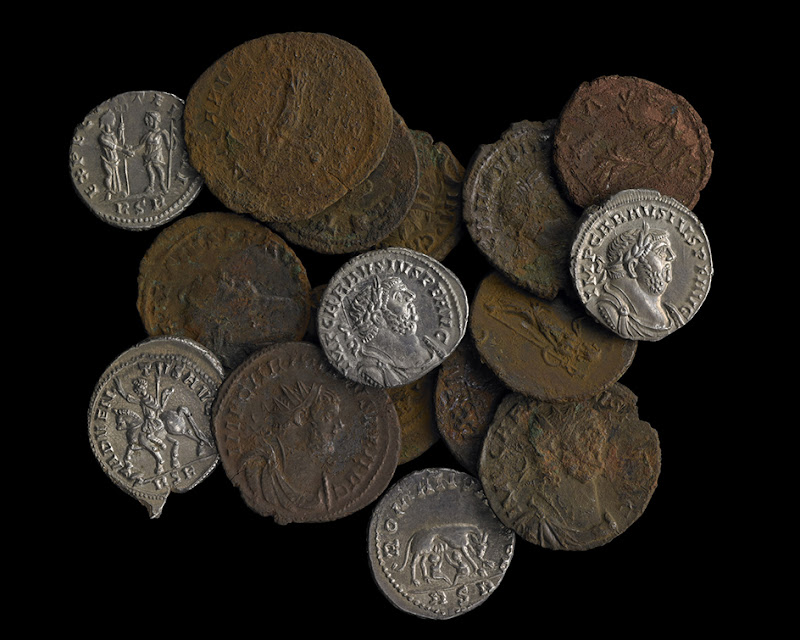Discover buried treasure in a display that focuses on hoarding in prehistoric and Roman Britain. Find out the various reasons why ancient people put precious objects into the ground and why they did not retrieve them.
3rd century AD coin hoard from the York area [Credit: © Trustees of the British Museum]
Coins of the usurper Roman emperor Carausius dating from AD 286–293 from the Frome hoard. Found in Somerset in 2010 [Credit: © Trustees of the British Museum]
Spearheads from a late Bronze Age hoard of tools and weapons, 1000–750 BC. Found in the River Thames at Broadness in Kent [Credit: © The Trustees of the British Museum]
Miniature Iron Age shields from the Salisbury hoard, c. 200–100 BC. Found in Wiltshire in 1985 [Credit: © The Trustees of the British Museum]
'Hoard: the hidden history of ancient Britain' will run until 22 May 2016.
Source: British Museum [December 08, 2015]



